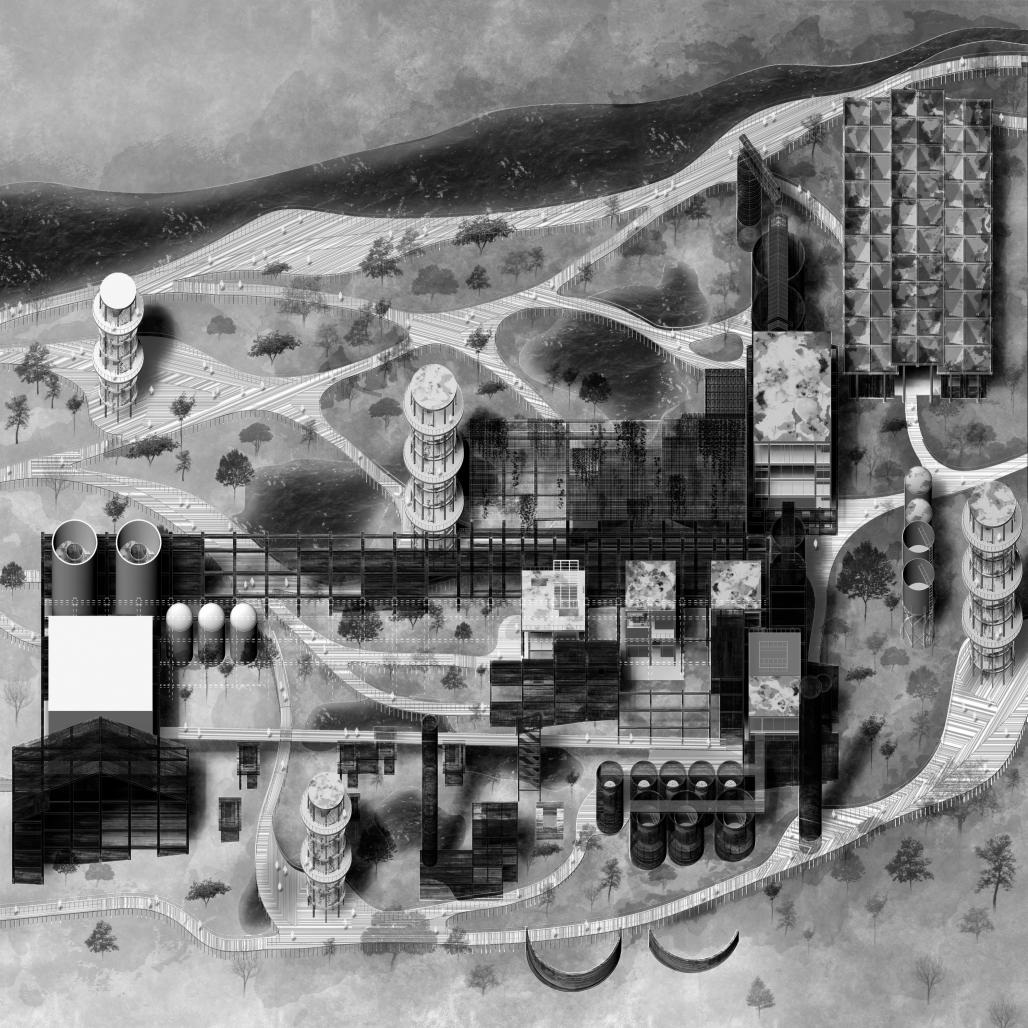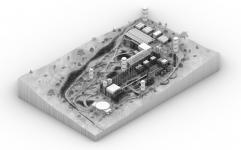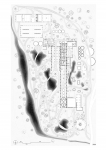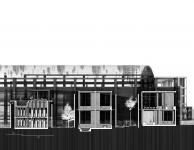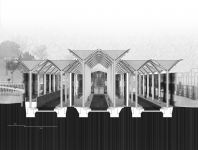“Water Landscapes” is a project located in the ruins of what used to be a cement factory in Cundinamarca, Colombia. It aims to explore the relationship between architecture and nature with the purpose of highlighting the importance of water through the contemplation and experience of landscapes created and affected by this resource. Additionally, the design also intends to promote de growth of the native vegetation that is slowly but surely, reclaiming its space through the cracks of the ruins.
In an area where water is a key component of different landscapes (the mountains, the brook, and the ruins it has affected), this project aspires to display water´s importance and to explore the ambivalent coexistence of nature and manmade landscapes. Therefore, water becomes the common thread to this massive design; it becomes the essential component from which all forms are born and an active agent in the transformation of matter.
It is important to mention that the re-programming of the ruins is a process that can only be understood over the course of time because water is an element of change that generates transformation. Today, the remains of the factory are being eaten by the native plants that are gradually reclaiming its land. Over the years, this project will continue to be consumed by vegetation, the ruins will be reduced to shambles and the new structures proposed in this project will also be conquered by native species. Architecture and nature will merge and consume each other, allowing nature to reconquer the territory that was once hers; the land that has always been hers.
2022
The project is modeled in Rhinoceros through various explorations of extrusions and conjunction lines. The structures of the proposed constructions and pathways are made of steel so that the buildings can perdure over the years, but also show the passing of time. Most of the new facades are made of glass and are dilated from the ruins; this way the interiors can be properly illuminated, despite being placed inside the remains of the factory. Additionally, the project was designed in way that water can be collected through certain structures and reused inside the project in different ways.
Design: Andrea Zamora
Tutors: Stefano Anzellini & Daniela Atencio
